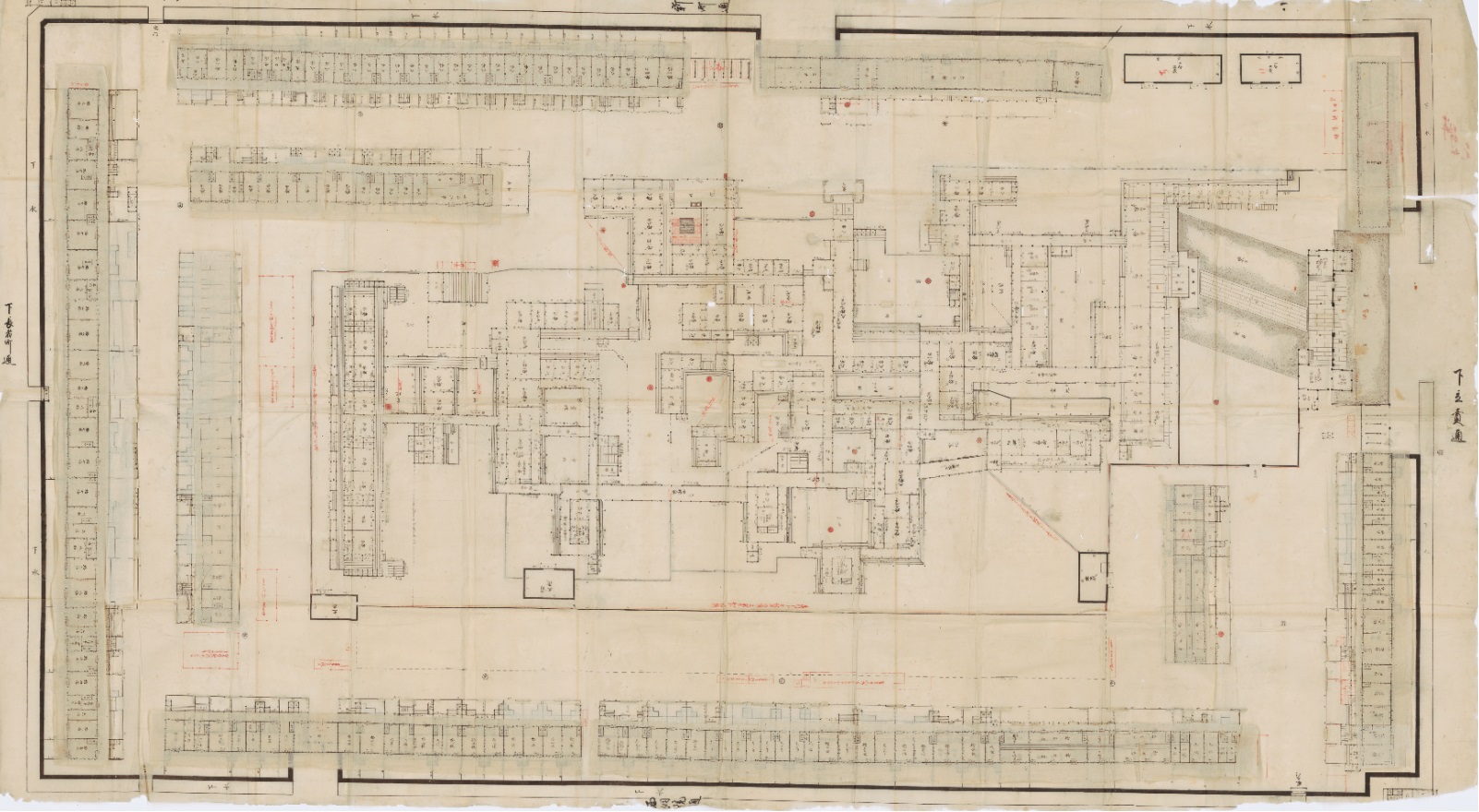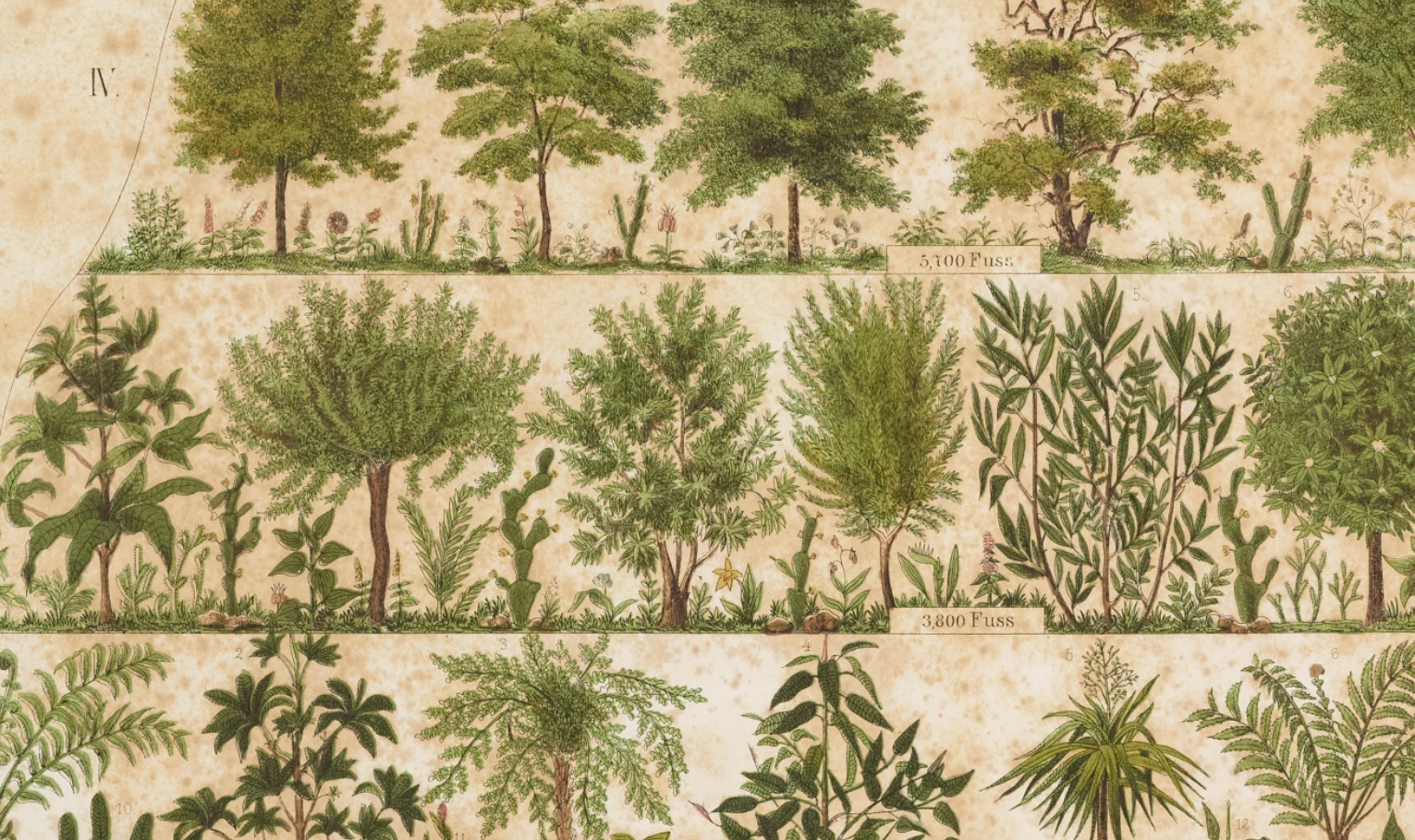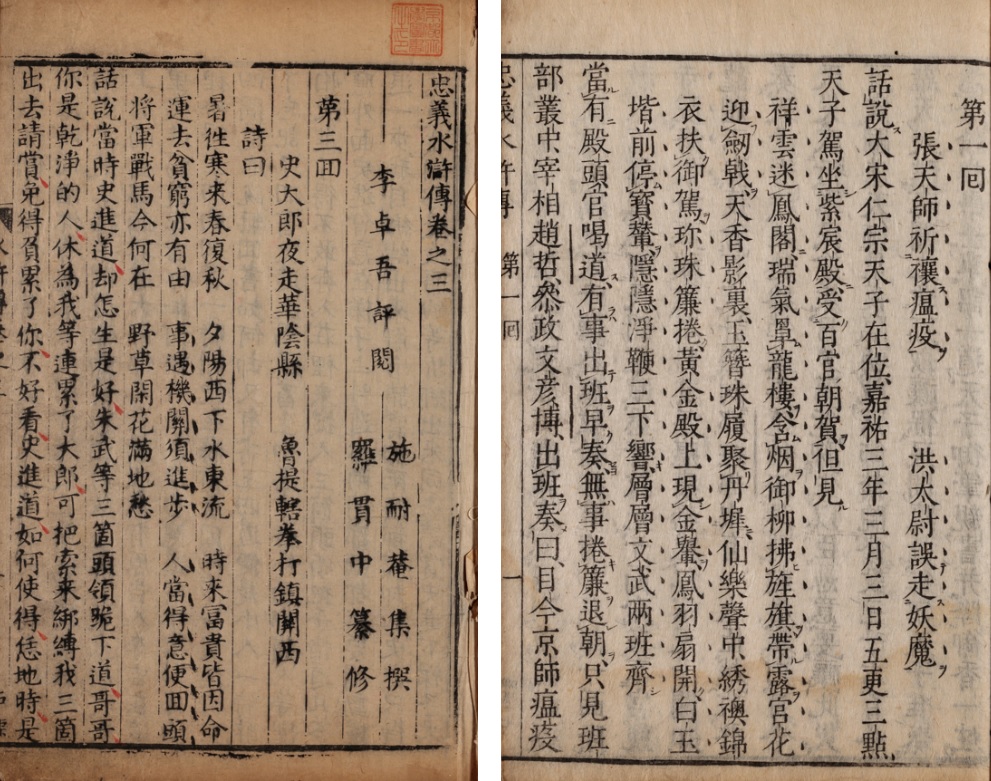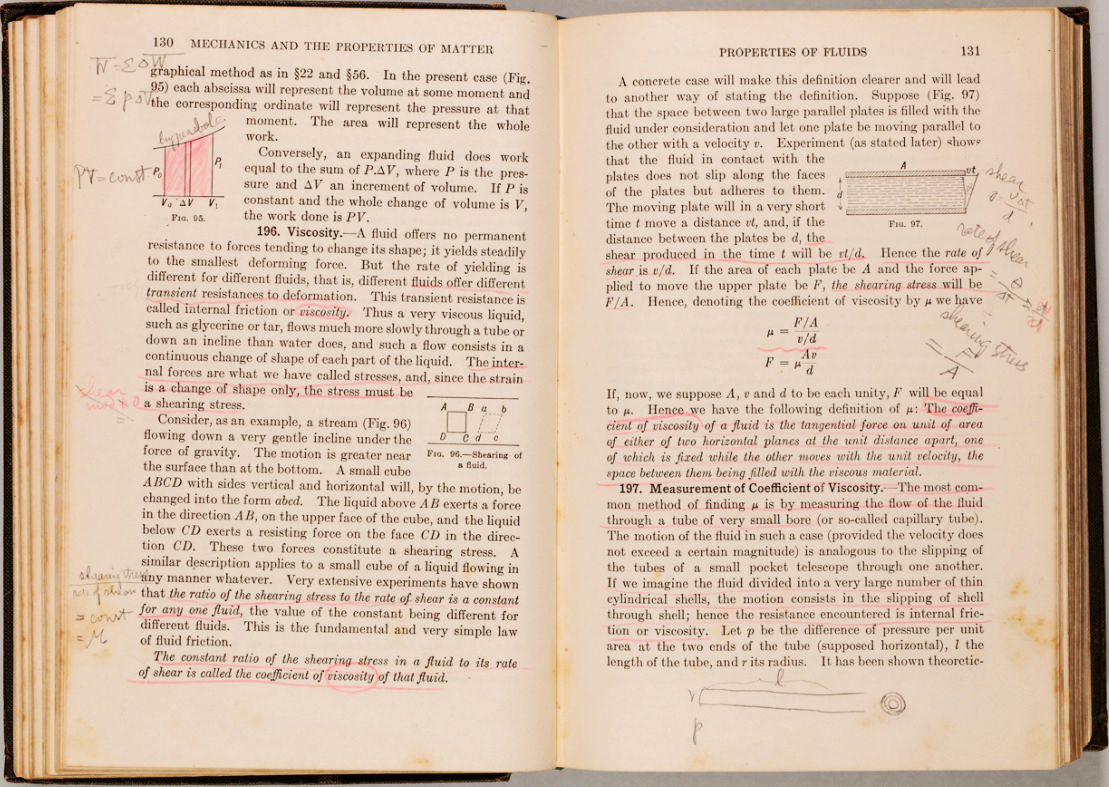【文学研究科図書館】学内者へのサービスを限定的に再開します(5/11から)
【文学研究科図書館】重要・完全閉館の延長について(5/10まで)
【文学研究科図書館】重要・新型コロナウイルス感染拡大防止のため完全閉館します
【重要・新型コロナウイルス感染拡大防止】文学研究科図書館及び学術雑誌閲覧室の休館について
【Letters Library】Preventive Measures against Coronavirus Disease 2019 (COVID-19)
【Letters Library】Preventive Measures against Coronavirus Disease 2019 (COVID-19)
Sorry, this entry is only available in Japanese.
[Library Network] Kyoto University Rare Materials Digital Archive: Important Cultural Property "Dainihonshi hensan kiroku" vol.6-10, 21-50 (G.S. Letters) newly released
The Graduate School of Letters of Kyoto University and the Kyoto University Museum have been carrying out the restoration and digitization of an important cultural property Dainihonshi hensan kiroku held by the Graduate School of Letters since academic year 2017. One thousand five hundred six images of the restored volumes 6-10, 21-50 are now available in Kyoto University Rare Materials Digital Archive.

▼Important Cultural Property - Dainihonshi hensan kiroku (G.S. Letters)
Dainihonshi hensan kiroku (大日本史編纂記録) is a collection of more than 6,000 letters (copies) exchanged between Shokokan (彰考館; Mito Domain’s office for history compilation) in Mito (currently in Ibaraki Prefecture) and Edo (currently Tokyo) and their Kyoto office regarding the compilation of Dainihonshi (*1) by Tokugawa Mitsukuni (徳川光圀; 1628-1701). A total of 42,810 people and organizations and 15,159 historical records and literature works are mentioned in the letters and the content covers a wide range of aspects of the time, such as history, literature, Confucianism and Japanese classical literature, as well as the publishing culture during the Genroku Period, which makes this rare material a first-class historical record.
The rare material, before being restored, consisted of 248 volumes of about 10,000 sheets (one sheet folded in half to form a pouch makes two pages) in the form of fukuro-toji yotsume-toji (袋綴四つ目綴装) with sheets of papers folded at the fore edge and sewn at the back edge at four points. However, the rebinding and restoration done to the material during the Edo period were not appropriate to secure its long-term preservation; they also made it impossible to read the majority of the volumes without damaging them, because the text near the back edge was sewn inside the spine. Therefore, a restoration project was launched in academic year 2018, with a plan to restore first 20 volumes funded by the Sumitomo Foundation. The Graduate School of Letters has also set up Kyoto University Fund for the restoration of its library collection and the Kyoto University Museum acquired the university's special budget for this project in 2018.
Each volume of Dainihonshi hensan kiroku is to be released on the Internet through Kyoto University Rare Materials Digital Archive upon the completion of restoration and digitization processes. As of March 27, 2020, the Digital Archive provides 1,365,106 images of 17,638 titles.
[Library Network] Kyoto University Rare Materials Digital Archive: Physics textbook Dr. Hideki Yukawa used, “Water Margin” Takizawa Bakin read and book of aquatic life in Lake Biwa newly released
Four rare materials held by the Graduate School of Letters, Yukawa Institute for Theoretical Physics (YITP) and the Center for Ecological Research, Kyoto University (CER) have been newly digitized and released. The digitization has been realized thanks to the support from donors to Kyoto University Rare Materials Digital Archive Fund.
“李卓吾先生批點忠義水滸傳 10回 (存2回)” and “忠義水滸傳 100巻100回 (存98巻98回)” held by the Graduate School of Letters
[Water Margin (Chinese: 水滸傳; pinyin: Shuǐhǔ Zhuàn)]
These are the only copies that exist today other than the ones held by the National Library of China. Researchers presume that Takizawa Bakin, a Japanese writer of the early 19th century, read these exact copies.
“A text-book of physics. 5th ed., rev. / edited by A. Wilmer Duff (Blakiston, 1921)” held by YITP
Dr. Hideki Yukawa, a Nobel Laureate in Physics in 1949, used this textbook when he was a student at the then Third High School (Daisan Koto Gakko) and kept it by his side even after he became a researcher. The book has many notes and annotations by his hand in the margin.
“湖中産物圖證” Kochu sanbutsu zusho held by CER
This book is vital in the research of the history of biology in Japan, because it is presumed to be the first illustrated book of aquatic life in Lake Biwa. It includes all the species of carps and crucians, as well as aquatic life other than fish and shellfish, such as an otter. Its beautiful colors are still vivid.
[Library Network] Kyoto University Rare Materials Digital Archive: Edo Period's 13 architectural plans from Nakai Collection newly digitized
Thirteen architectural plans during the Edo Period from Nakai Collection held by Kyoto University Main Library have been newly digitized and released in Kyoto University Rare Materials Digital Archive. The Digital Archive provides 1,333,705 images of 14,372 titles as of January 27, 2020.
Nakai Collection consists of the plans of Nijo Castle, Kyoto Imperial Palace, Shimogamo Shrine and other shrines and temples, concerning documents and maps passed down through the Nakai Family, the Tokugawa Government's master carpenter family in Kyoto. The newly released data is part of Bakufu-no-bu (幕府之部; Tokugawa Government) relating to Kyoto Shoshidai (京都所司代; Shogun's senior representative monitoring the Imperial Court in Kyoto), Kyoto Shugoshoku (京都守護職; military commissioner of Kyoto) and other Tokugawa Government offices.
“Keiou ganushidoshi hachigatsu shugoshoku oyakutaku kamiyashiki dekigata ezu tadashi yonbukei (慶応元丑年八月 守護職御役宅上屋舗出来形絵図 但四分計)” is an architectural plan of the entire residence of Kyoto Shugoshoku and includes the layout of the buildings and rooms as well as the details of their fittings. This rare material tells us the situations at the end of the Edo Period. Kyoto Shugoshoku is Tokugawa Government’s position newly established in 1862 to maintain the security of Kyoto, to which Katamori Matsudaira (1836-1893), Lord of the Aizu Clan, was appointed. He first placed the headquarters at Konkai Komyo-ji (金戒光明寺) in Higashiyama, and then the construction of the residence was started in 1863 and completed in 1865. The premises border Shinmachi-dori (新町通) to the East, Nishinotoin-dori (西洞院通) to the West, Shimotachiuri-dori (下立売通) to the South and Shimochojamachi-dori (下長者町通) to the North. There were barracks for Clan soldiers along each border. Kyoto Shugoshoku was abolished by Osei Fukko no Daigorei (王政復古の大号令; the Decree for the Restoration of Imperial Rule) just about two months after Taisei Hokan (大政奉還; Restoration of Imperial Rule) in 1868.


| ID | TITLE | Call Number | |
| RB00025176 | 所司代千本屋敷絵図 | Shoshidai senbon yashiki ezu | 中井家絵図・書類/36/1 |
| RB00025177 | 所司代上御屋敷絵図 | Shoshidai kamioyashiki ezu | 中井家絵図・書類/36/2 |
| RB00025178 | 所司代上御屋敷絵図 | Shoshidai kamioyashiki ezu | 中井家絵図・書類/36/3 |
| RB00025179 | 享保六年丑十二月 所司代千本屋舗絵図 正扣 | Kyouhou rokunen ushi juunigatsu shoshidai senbon yashiki ezu seihikae | 中井家絵図・書類/37/1 |
| RB00025180 | 京都所司代千本屋舗絵図 | Kyoto shoshidai senbon yashiki ezu | 中井家絵図・書類/37/2 |
| RB00025181 | 二条御定番御屋敷建物麁絵図 惣建坪数六百八拾八坪 | Nijou gojouban oyashiki tatemono soezu soutatetsubosuu roppyaku hachijuu hachi tsubo | 中井家絵図・書類/38/1 |
| RB00025182 | 慶応元丑年八月 守護職御役宅上屋舗出来形絵図 但四分計 | Keiou ganushidoshi hachigatsu shugoshoku oyakutaku kamiyashiki dekigata ezu tadashi yonbukei | 中井家絵図・書類/39/1 |
| RB00025183 | 御目付小屋御普請小屋指図 | Ometsuke goya gofushin goya sashizu | 中井家絵図・書類/40/1 |
| RB00025184 | 大津御蔵屋敷絵図控 | Ootsu okurayashiki ezu hikae | 中井家絵図・書類/40/2 |
| RB00025185 | 西御役所絵図 | Nishi oyakusho ezu | 中井家絵図・書類/40/3 |
| RB00025186 | 二条御城中/東大御番頭小屋絵図 | Nijou gojouchuu/higashioogobangashira goya ezu | 中井家絵図・書類/40/4 |
| RB00025187 | 東御番衆小屋絵図 | Higashi gobanshuu goya ezu | 中井家絵図・書類/40/5 |
| RB00025188 | 西御番頭小屋指図 | Nishi gobantou goya sashizu | 中井家絵図・書類/41/1 |
[Library Network] Kyoto University Rare Materials Digital Archive: 31 rare materials held by Main Library and others newly digitized
Thirteen titles of rare materials held by Kyoto University Main Library, the Graduate School of Letters and the Graduate School of Science have been digitized and released in Kyoto University Rare Materials Digital Archive. The Digital Archive provides 1,333,705 images of 14,372 titles as of January 27, 2020.
Kyoto University Library Network is digitizing and releasing rare material held by Main Library and other libraries on campuses every year as part of the "Open Access Promotion Project". The newly released images the original materials of which are held by Main Library and the Graduate School of Science are available for users to copy, adapt or redistribute in any medium without application or fee, if their originals' holding libraries are indicated. Please refer to "Guide for Content Reuse" for more details.

Atlas der Pflanzengeographie über alle theile der Erde Graduate School of Science
| ID | TITLE | AUTHOR | PUBLISHER | COLLECTION | CALL NUMBER | |
| RB00012894 | 宗渕資料集 | souen shiryoushuu | Main Library 一般貴重書(和) | 1-21/ソ/1貴 | ||
| RB00012931 | 宗鏡録 巻2,7,13,36,39 | sugyouroku | Main Library 一般貴重書(和) | 1-25/ス/1貴 | ||
| RB00012961 | 七経孟子考文 32巻 | shichikei moushi koubun | 山井崑崙(鼎)著 | Main Library 一般貴重書(和) | 1-61/シ/1貴 | |
| RB00012962 | 唐開成石経 | tou kaisei sekikyou | 松崎明復(益城)撰 | Main Library 一般貴重書(和) | 1-61/ト/1貴 | |
| RB00012991 | 四書訓蒙輯疏 29巻 | shisho kunmou shuuso | 安部井?(芝浦) | Main Library 一般貴重書(和) | 1-66/シ/1貴 | |
| RB00013011 | 荀子 20巻 | junshi | 荀况著 | Main Library 一般貴重書(和) | 1-68/シ/1貴 | |
| RB00013017 | 小学本註摘解補 24巻(巻17欠) | shougaku honchuu tekikai ho | 石井文衷著・筒井忠英補 | Main Library 一般貴重書(和) | 1-69/シ/1貴 | |
| RB00013019 | 退渓先生文集 49巻,別集 外集各1巻 | taikei sensei bunshuu | 李退渓(1501-1570)撰 | Main Library 一般貴重書(和) | 1-69/タ/1貴 | |
| RB00013020 | 退陶先生言行通録 8巻 | taitou sensei genkoutsuuroku | Main Library 一般貴重書(和) | 1-69/タ/2貴 | ||
| RB00013021 | 伝習録 2巻 | denshuuroku | Main Library 一般貴重書(和) | 1-69/テ/1貴 | ||
| RB00013026 | 陽明文録 10巻(別録1冊含む) | youmei bunroku | Main Library 一般貴重書(和) | 1-69/ヨ/1貴 | ||
| RB00013027 | 山鹿語類 45巻 | yamaga gorui | 山鹿素行(1622-1685)著 | Main Library 一般貴重書(和) | 1-81/ヤ/1貴 | |
| RB00013038 | 清律例彙纂 24巻(巻5欠) | shinritsu reiisan | Main Library 一般貴重書(和) | 2-04/シ/1貴 | ||
| RB00013045 | 貞観政要註解 10巻 | joukan seiyou chuukai | Main Library 一般貴重書(和) | 2-42/シ/4貴 | ||
| RB00013668 | 古文奇賞 22巻目録1巻 | kobun kishou | (明)陳仁錫選評 | Main Library 一般貴重書(和) | 4-02/コ/12 貴 | |
| RB00013669 | 古文奇賞 22巻 | kobun kishou | (明)陳仁錫選評 | Main Library 一般貴重書(和) | 4-02/コ/13 貴 | |
| RB00013670 | 続古文奇賞 34巻 | zoku kobun kishou | (明)陳仁錫選評 | Main Library 一般貴重書(和) | 4-02/コ/13 貴 | |
| RB00013671 | 新刊名世文宗 30巻 | shinkan meisei bunsou | (明)胡時化編 | Main Library 一般貴重書(和) | 4-02/メ/5 貴 | |
| RB00013288 | 大三川志(稿本) 100巻 | daimikawashi | Main Library 一般貴重書(和) | 5-11/タ/1貴 | ||
| RB00013294 | 識古編 | shikikohen | 金原安修著 | Main Library 一般貴重書(和) | 5-18/シ/1貴 | |
| RB00029670 | 混弌疆理歴代國都之圖 | kun yi jiang li li dai guo du zhi tu | [京都] : [京都帝國大學文學部地理學研究室] [写] , [1910] | GS Letters | 地理研:L1/755/貴重 | |
| RB00029671 | [甘肅伊犂圖] | gan su yi li tu | [製作地不明] : [製作者不明] , [1---] | GS Letters | 地理研:K7/54/貴重 | |
| RB00029672 | 伊犂圖 | yi li tu | [製作地不明] : [製作者不明] , [1---] | GS Letters | 地理研:K7/19/貴重 | |
| RB00029650 | Theorie de la terre. 2nd ed., corr., et augm. d'une Mineralogie | par Jean-Claude Delametherie | Paris : Maradan , 1797 | GS Science | 理学部中央図書室:貴/1/75-1~5 | |
| RB00029651 | Zoonomia; or, The laws of organic life. 3rd ed., corrected | by Erasmus Darwin | London : J. Johnson , 1801 | GS Science | 理学研究科生物科学図書室:白上文庫/31~34 | |
| RB00029652 | Die Histochemischen und Physiologischen Arbeiten | Friedrich Miescher | Leipzig : Vogel , 1897 | GS Science | 理学研究科生物科学図書室:白上文庫/38 | |
| RB00029653 | Das Genus myzostoma (F. S. Leuckart) | Ludwig Graff | Leiozig : Engelmann , 1877 | GS Science | 理学研究科生物科学図書室:XL/1264/3 | |
| RB00029654 | Rhabdocoelida | von L. v. Graff | Leipzig : Verlag von Wilhelm Engelmann , 1882 | GS Science | 理学研究科生物科学図書室:XL/1264/1~2 | |
| RB00029655 | Atlas der Pflanzengeographie uber alle theile der Erde. Zweite Auflage | von Ludwig Rudolph | Berlin : Nicholaische Verlagsbuchhandlung , 1864 | GS Science | 理学研究科生物科学図書室:XL/1232/14 | |
| RB00029656 | Voyages du professeur Pallas, dans plusieurs provinces de l'Empire de Russie et dans l'Asie septentrionale. Nouvelle ed. / revue et enrichie de notes par les C.C. Lamarck ..., Langles … | traduits de l'allemand par le C. Gauthier de la Peyronie | A Paris : Chez Maradan, libraire , l'an II de la Republique [1793 or 1794] | GS Science | 理学研究科生物科学図書室:XL/1231/21 | |
| RB00029657 | Atlas zur Entwickelungsgeschichte der Unke (Bombinator igneus) als Grundlage einer verglichenden Morphologie der Wirbelthiere | von Alexander Goette | Leipzig : Verlag von Leopold Voss , 1874 | GS Science | 理学研究科生物科学図書室:XL/1265/1 | |


